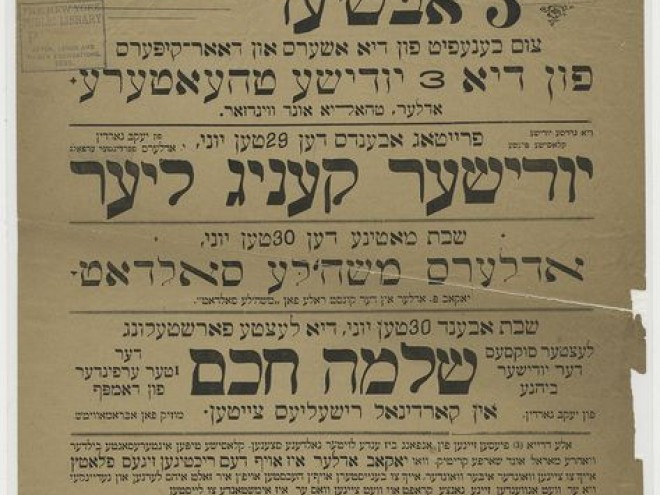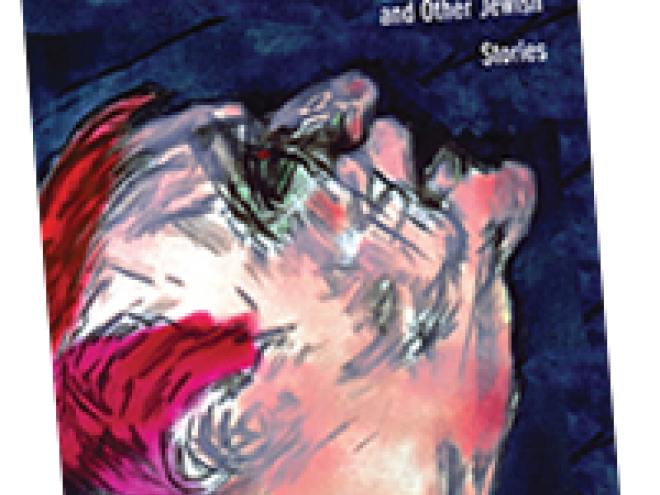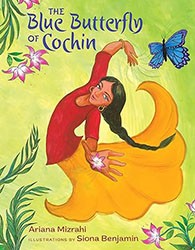Nobel Laureate Isaac Bashevis Singer once famously said, “I believe in resurrection and [that] the Messiah will soon come, and millions of Yiddish-speaking corpses will rise from their graves one day and their first question will be: ‘Is there any new Yiddish book to read?’” With the publication of a new anthology of American Yiddish writing, titled, How Yiddish Changed America and How America Changed Yiddish, the answer is an emphatic yes!
This self-described “smorgasbord” challenges our previous conceptions of Yiddish, starting with its organization. The book takes a thematic rather than chronological approach, with six distinct parts covering topics such as politics and food. It includes essays, drama, memoir, fiction, oral history, poetry, interviews and even cartoons. Editors Ilan Stavans, a professor of Humanities and Latin America at Amherst College, and Josh Lambert, the academic director of the Yiddish Book Center, encourage their readers to approach the materials like a “grab bag” and get “a little lost and discover something that they weren’t expecting.” And indeed, the collection is full of surprises.
While the anthology includes familiar names like Grace Paley, Michael Chabon, and Cynthia Ozick many of its gems are from authors that will be entirely new to most readers. Stavans and Lambert were careful to include a rich diversity of voices. One of the book’s most striking entries is a 1936 letter to Forverts, the United States’ oldest Yiddish newspaper still published in New York, nostalgically recalling a woman in the shtetl of Krivozer, Ukraine, who had successfully transitioned from female to male. Some contributions such as Stan Mack’s cringe-worthy cartoon, “Chronicles of Circumcision” reveal a quirky, brash side of Yiddish culture, while others vividly bring to life key events in American Jewish history. Poet Morris Rosenfeld’s “The Triangle Fire” poignantly memorializes the 146 immigrant women killed in the notorious 1911 Triangle Shirtwaist Factory fire. And by including pieces from Colombia, Cuba, Mexico and Canada, the book demonstrates that American Yiddish writing encompasses much more than just the United States.
Some may ask, why should we care about reviving and saving Yiddish? According to the 2011 American Community Survey on Language, only 154,763 people speak Yiddish at home in the United States, and it estimates an ongoing drop of approximately 1000 Yiddish speakers per year. Outside the Hasidic community, many American Jews prefer studying Hebrew, and despite high profile hits like the current Yiddish revival of Fiddler on the Roof on Broadway, there is relatively little new Yiddish cultural production.
By demonstrating that it’s not just a language but rather a rich cultural identity, this anthology makes a compelling case for why Yiddish still matters. Stavans and Lambert open their book with the surprising assertion that Yiddish is “radical, dangerous and sexy.” While that statement may initially provoke skepticism, by the book’s end they have more than proven their point. This anthology will impel readers to explore a heritage that’s tragic and comic, universal and particular, erudite and silly, and, yes, definitely sexy!
Marilyn Cooper is a Washington, DC – based author and poet. She is a contributing editor and writer for a number of Jewish publications; her work focuses on Jewish history, literature and contemporary culture.





